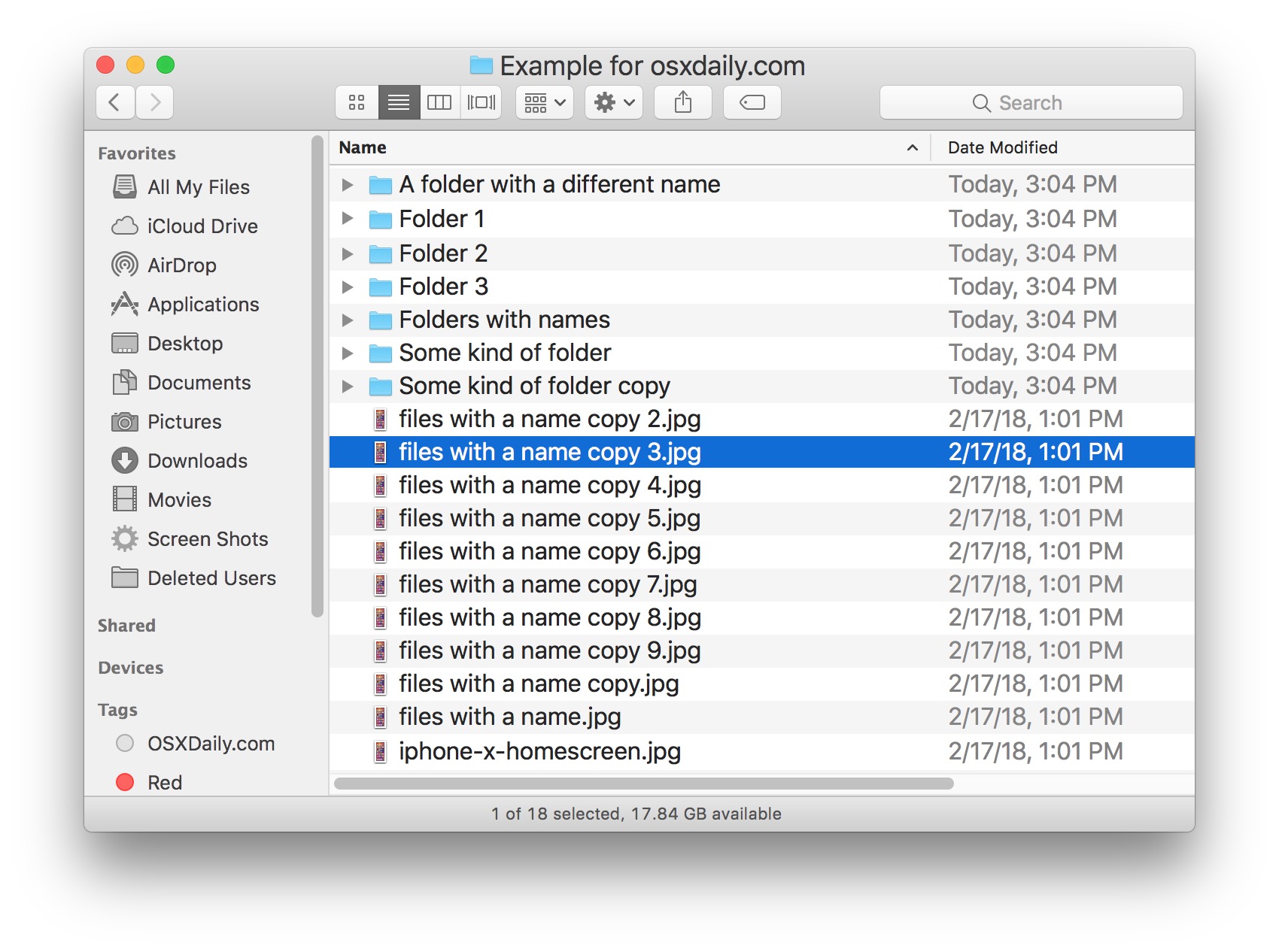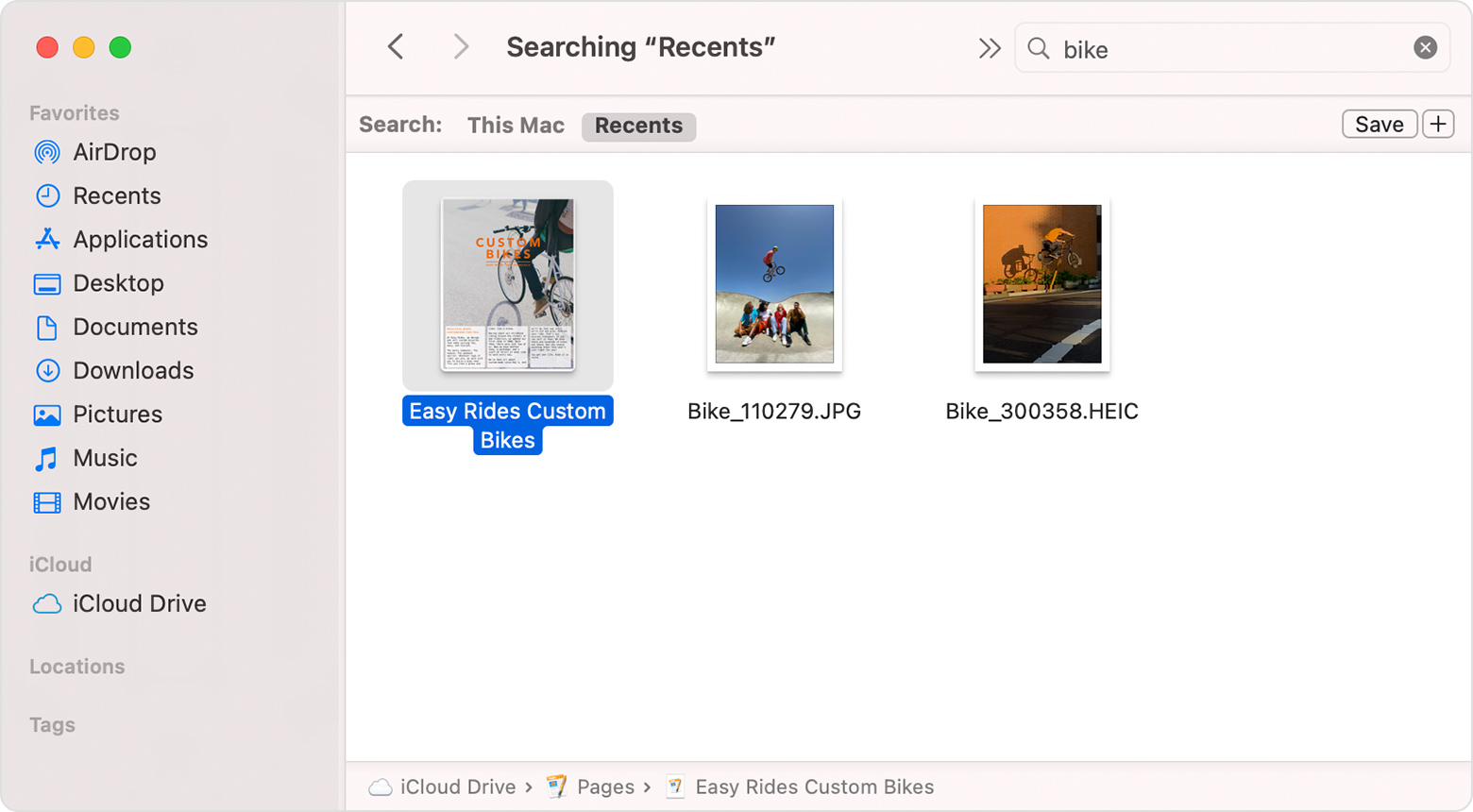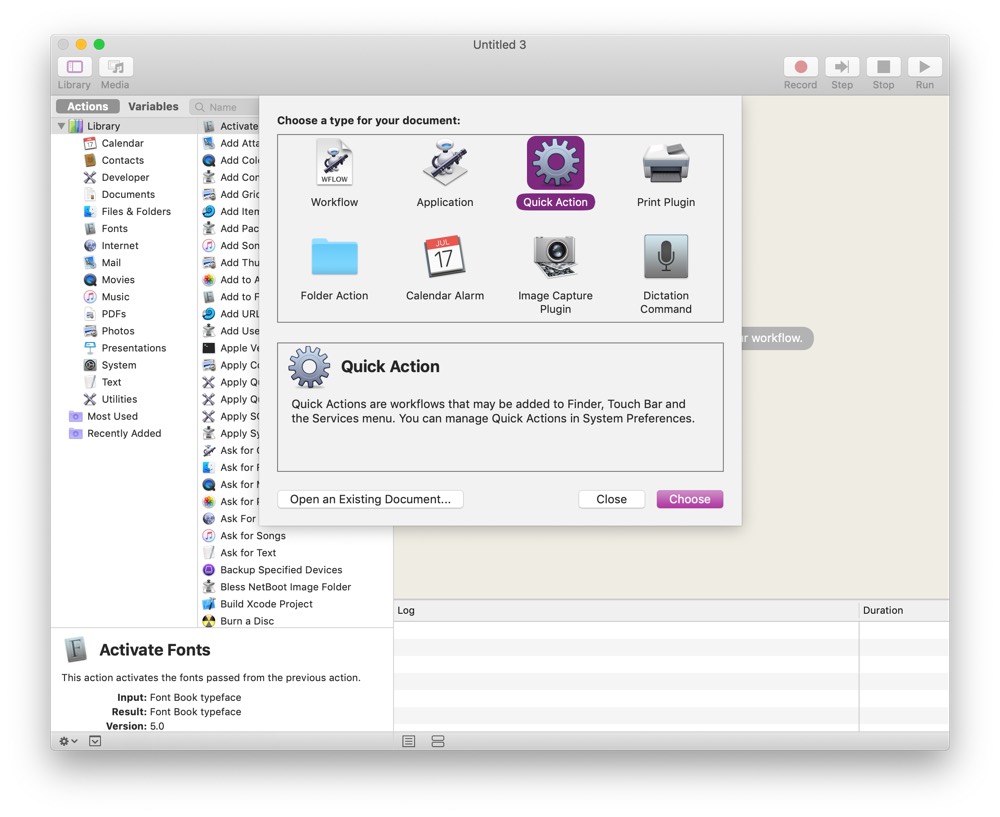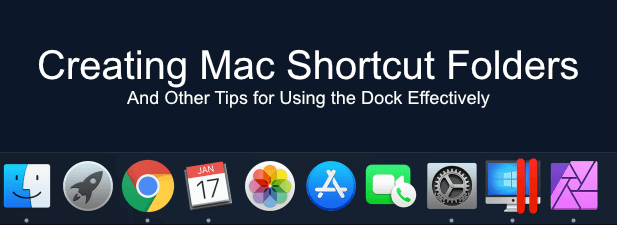

- HOW DO I MAKE FOLDERS IN MY DOCUMENTS ON MAC INSTALL
- HOW DO I MAKE FOLDERS IN MY DOCUMENTS ON MAC UPGRADE
- HOW DO I MAKE FOLDERS IN MY DOCUMENTS ON MAC FREE
- HOW DO I MAKE FOLDERS IN MY DOCUMENTS ON MAC MAC
HOW DO I MAKE FOLDERS IN MY DOCUMENTS ON MAC MAC
Keep in mind you'll be duplicating files, so make sure you have enough storage space on your Mac before you do it.ĭouble-check that you did a backup. At this point, you should have all your files in both folders. It's probably best to reboot your Mac and do this right after reboot, taking care that any of your launch-on-boot applications aren't ones that open documents in the folders you're working with.Ĭopy your Documents folder to your Dropbox folder.

Updated: If you're working on a DIY project of your own, this comprehensive guide to tech projects is a good place to start.Ĭlose all your applications. It's important you pay attention to this: this step should happen only on your first computer. You could screw this up, and it would be ugly. For this step-by-step, I'll use the Documents folder as an example. You can use this process for each folder you Dropboxify on just your first computer. The downside of the Dropbox solution is that setup requires a little more technical work, including dropping into the command line.
HOW DO I MAKE FOLDERS IN MY DOCUMENTS ON MAC FREE
Dropbox is $9.99 a month, but I got what amounted to two months of Dropbox free by paying the $99 yearly fee.
HOW DO I MAKE FOLDERS IN MY DOCUMENTS ON MAC UPGRADE
To make this possible, I had to upgrade Dropbox to the 1TB level. I'll let my Twitter post from that day explain how helpful it was: This feature came in handy shortly after I implemented Dropbox as my primary file management tool. You can also buy extended versioning from Dropbox, but since I do daily backups anyway, I didn't see the need to purchase it. Dropbox saves all deleted and previous versions of files for 30 days, so if I want to go back to a previous version, I have an easy way to do it. I want desktop productivity more than mobile connectivity.ĭropbox gives me the advantages of being able to sync other folders (like my Desktop and Downloads), and it also gives me the ability to share my files on my Windows machines.Īnother huge advantage of Dropbox is I get automatic versioning. First, iCloud Drive is very optimized for iOS device syncing, which is not something I care about. This kind of dynamic syncing is something you'd think iCloud would do, and it does - to a point.
HOW DO I MAKE FOLDERS IN MY DOCUMENTS ON MAC INSTALL
After all, if I just downloaded something on the Mac mini, why shouldn't I be able to just pick it up and install it on the MacBook Pro? The same applied to my Documents folder and Downloads folder. If I dropped something on the iMac's desktop and then started working on the MacBook Pro, I wanted to be able to access that file without extra steps. While I use a lot of cloud-based services like Gmail and Evernote that keep much of my work in sync, I found that I wanted more continuity between my various Macs. There's the monster four-monitor iMac at my desk, a Mac mini used mostly for development at the side of my couch, and my MacBook Pro. I have three Macs that I jump between all day long. If you follow my guide, you'll have a safe, reliable solution that far exceeds the limited and buggy release of iCloud Optimized Storage. I predict we'll see a lot of complaints about people's files getting misplaced, because syncing directories between machines can get confusing. They'll just tell you to turn on the feature. There will be some careful thinking to consider as your files fling around between machines. I take you through every step below, but be sure you've made a backup.


My only caution to you is that this requires a little care to set up. I've been doing that for more than a year now. That's enough for me to turn off that feature and never use it again." Famed OS X reviewer John Siracusa tweeted this:Īll that doesn't mean you can't keep your Macs in sync. In Jason Snell's excellent review, he described it as "So that's bad. One of Apple's signature features in macOS Sierra has been iCloud Optimized Storage, which is designed to allow you to keep your Mac documents and desktop in sync across computers.


 0 kommentar(er)
0 kommentar(er)
